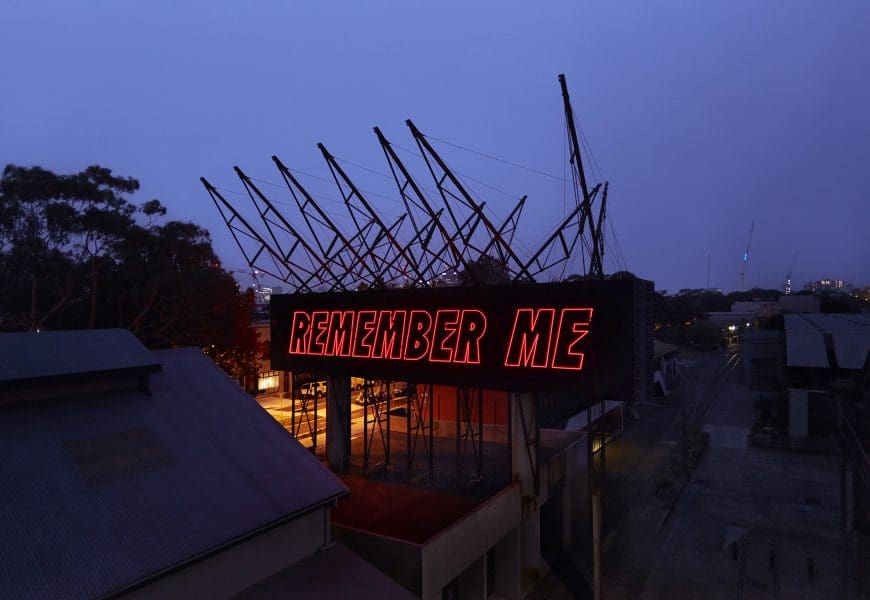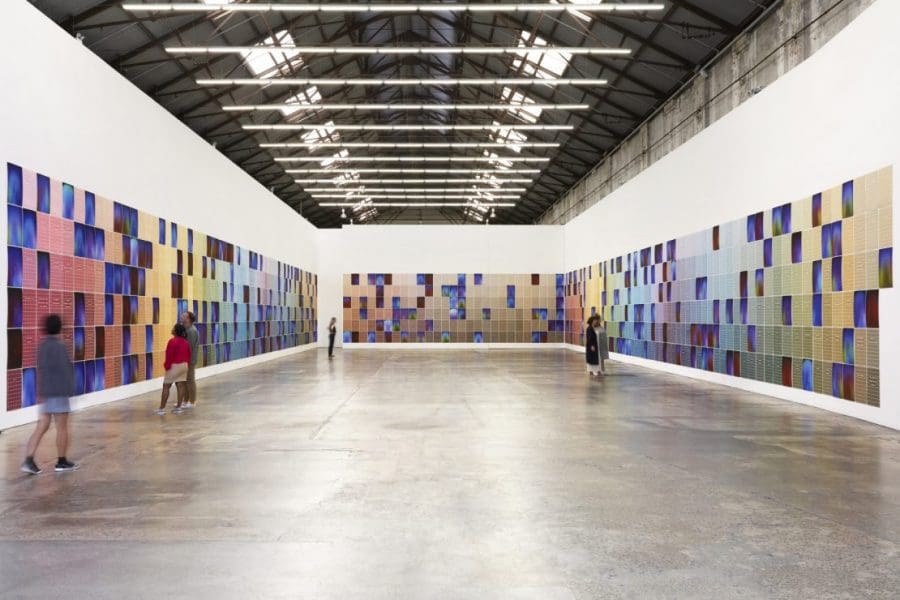
Making Space at the Table
NAP Contemporary’s group show, The Elephant Table, platforms six artists and voices—creating chaos, connection and conversation.





There was shock and surprise this week at the announcement that Carriageworks, Australia’s largest contemporary multi-arts venue, has gone into voluntary administration. Since closing due to COVID-19 health restrictions, the venue has been gutted by “an irreparable loss of income” from cancelled events such as Sydney Writers’ Festival and Mercedes-Benz Fashion Week Australia.
Since its opening in 2007, the Sydney multi-arts venue has been a thriving hub attracting more than a million visitors a year. In addition to its wide-ranging events and programs, it has hosted experimental performances and ambitious installations; provided studio and development space to artists and performance companies; and been home to a farmers’ market that draws over 5000 people each week.
While rumours are circulating of a possible takeover by the Sydney Opera House, the prospect of losing such a vital piece of the Australian cultural ecology has come as a shock to many.
Sydney-based artist Sarah Contos has been a resident in the Carriageworks studio program during 2019 and 2020. The residency has provided her with space to develop new project ideas and experiment with large-scale sculpture—an immensely valuable opportunity in property-scarce Sydney.
Since the studios were closed due to COVID-19 restrictions, however, Contos has been working from the dining area of her apartment. “The whole momentum of making this new work, these new sculptures, has stopped, because I don’t have the space now to make sculptural work,” she says. “All these new ideas have just been stopped.
“For me, just from an artist point of view, the opportunity to create large-scale or to cross over disciplines with the other artists that are in the studios—it’s a big loss.”
Writing in The Conversation, fellow studio artist Cherine Fahd calls Carriageworks her “home away from home”, explaining that “the studio offers far more than real estate. It gives us a unique communal experience that is closely connected to the cultural life of Carriageworks.”
In both the studio and exhibition spaces, the venue—formerly the Eveleigh Rail Yards—offers artists possibilities for installation that are not found elsewhere.
In 2018, a spectacular exhibition by Nick Cave (the acclaimed Chicago-based artist, not the acclaimed Australian musician) filled the vast spaces of Carriageworks with lavish accumulations of beads, adornments and found objects—both a fabulous crowd-pleaser and a critical manifesto of queer African-American experience.

During 2019 and 2020, installations have included the ambitious durational project by international artist Asad Raza, in collaboration with numerous Sydney artists and performers; Kate Mitchell’s All Auras Touch; and The National biennial of contemporary art. Giselle Stanborough’s much-anticipated project Cinopticon has been postponed—now, perhaps, indefinitely. Reko Rennie’s powerful installation Remember Me, marking the 250th anniversary of Captain Cook’s landing, opened only last week.
Contos points out that, as a multi-arts venue, the diversity of Carriageworks’ program is one of its greatest strengths. “It’s not elite, it caters to all facets of the community,” she says, describing the “crossover of people” at different events. “I’ve seen dance there, visual art, Kylie Kwong’s food market.” If Carriageworks closed permanently, Contos says, there would be “a big hole, a big dent” in both the arts sector and in the community that surrounds it: whether attending an Indigenous dance performance or the Sydney Writers Festival, participating in a workshop, or getting locally-grown produce at the farmers market. In addition to the losses of numerous jobs, the cultural repercussions would likely spread outwards: artworks not made, ideas unexplored.
“The arts are so important for identity and for culture,” Contos says. “We’re not a culture just built on NRL. There needs to be more acknowledgement and support and nurture.”